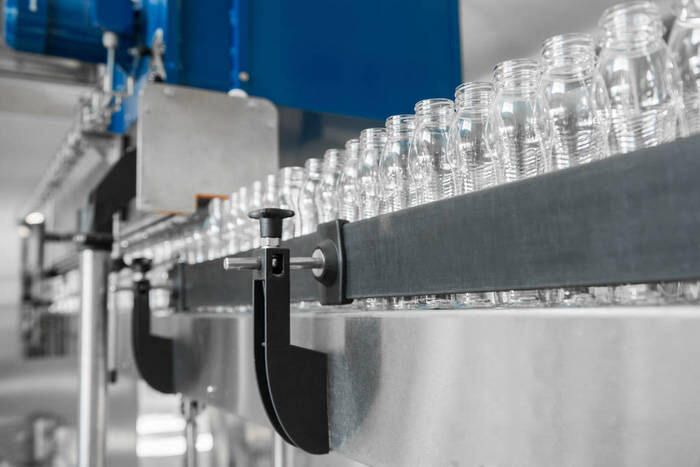4J33 alloy rod maintains a certain expansion coefficient within a certain temperature range, and its α (20~100℃)=(4~11) ×10-6℃-1. The expansion coefficient of this alloy is close to that of glass, ceramics, and mica, and can be matched (or not matched) for sealing. Therefore, it is also called sealing alloy and is widely used in electric vacuum devices such as electron tubes, transistors, and integrated circuits. Used in sealing, lead, and structural materials.
Specifications |
In stock, can be customized according to customer requirements |
Form |
Plate,Strip,Bar,Wire |
Classification |
Expanded alloy |
4J33 Tensile strength Tensile strength of wire and strip
Status code |
state
|
σb/MPa |
|
wire |
strip |
||
R |
soft state |
<585 |
<570 |
Y |
Hard state |
>860 |
>700 |
4J33 hardness: hardness of deep drawing strip
state |
δ/mm |
HV |
Deep drawn state |
>2.5 |
≤170 |
≤2.5 |
≤165 |
Grade |
C≤ |
S≤ |
P≤ |
Mn≤ |
Si≤ |
Ni≤ |
Co≤ |
Fe |
4J33 |
0.05 |
0.020 |
0.020 |
0.50 |
0.30 |
32.1-33.6 |
14.0-15.2 |
Balance |
4J34 |
0.05 |
0.020 |
0.020 |
0.50 |
0.30 |
28.5-29.5 |
19.5-20.5 |
Balance |
4J33 variety specifications and supply status include wire, tube, plate, strip, and rod. 4J33 smelting and casting process uses non-vacuum induction furnaces, vacuum induction furnaces or electric arc furnace for smelting.
4J33 alloy barhas been used in aviation factories for a long time and has stable performance. 4J33 alloy rod is mainly used for sealing electric vacuum components and Al2O3 ceramics. 4J33 alloy rod is used to manufacture electrodes, lead-out disks, and lead-out wires for large electron tubes and magnetrons. In use, the expansion coefficient of the selected ceramic and alloy should be matched. When selecting 4J33 alloy rods, the low-temperature structural stability should be strictly tested according to the use temperature. Appropriate heat treatment should be carried out during processing to ensure that the material has good deep drawing performance. When using forged materials, their air tightness should be strictly inspected.
4J33 alloy barheat treatment system: The performance test specimens for expansion coefficient and low-temperature structural stability specified in the standard are heated to 900℃±20℃ in a protective atmosphere or vacuum, kept for 1 hour, and cooled to 200℃ at a speed of no more than 5℃/min. The following is released.

The manufacturing process of stainless steel and alloys involves multiple steps to transform raw materials into flat,rectangular sheets or plates made of stainless steel and alloys. Here are a few key steps for stainless steel and alloys:

Molten stainless steel and alloys are cast into large ingots or billets through a casting process.

During the hot rolling process,the thickness of the steel ingot is gradually reduced and elongated to form long strips or coils.

Annealing involves heating stainless steel and alloys to a specific temperature and then slowly cooling it.

Cold rolling is carried out through rolling mills to reduce thickness to meet customer specifications.
Wuxi Walmay Metal Co,Ltd is a comprehensive processing group of Alloy Steel、Forged Parts Fitting、Titanium Alloy、Stainless Steel、Special Welding Wireseries, and more than 800 specifications.
Our group has been engaged in the domestic and global market for more than ten years with rich steel experience and can offer professional advice for customers inapplications with different materials.
Machine cutting
Sheet cutting
plasma cutting
Dynamic waterjet cutting
sawing
Plank leveling
polishing
laser cutting
laser cutting
production cutting
Long product cutting
Bar and structural cutting
polishing
Heat treatment and annealing: Wuxi Walmay Metal can heat treat certain 400 series stainless steels.
Material Reliability Identification (PMI): Wuxi Walmay Metal can complete this testing in-house.
Ut Testing: Ultrasonic testing (UT) uses high-frequency sound energy to inspect and measure stainless steel products.
Our professional sales team answers your questions within 24 hours.
Copyright © Wuxi Walmay Steel Co.,Ltd All Rights Reserved